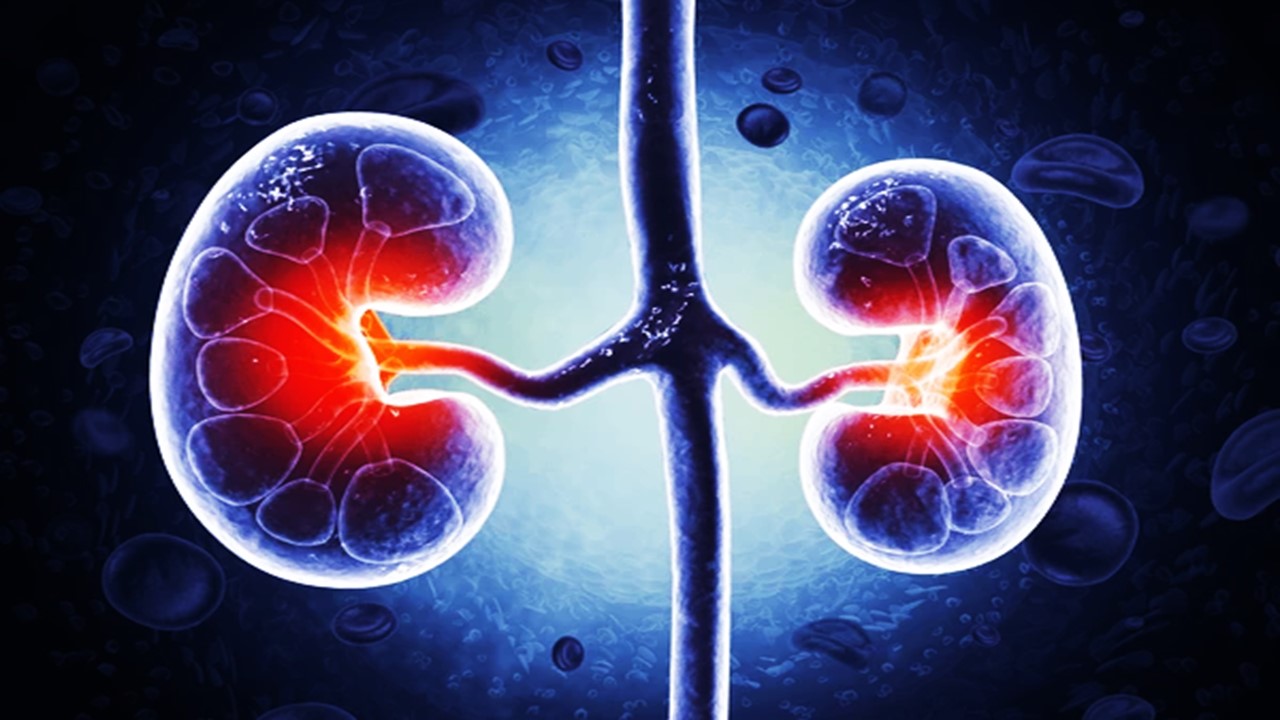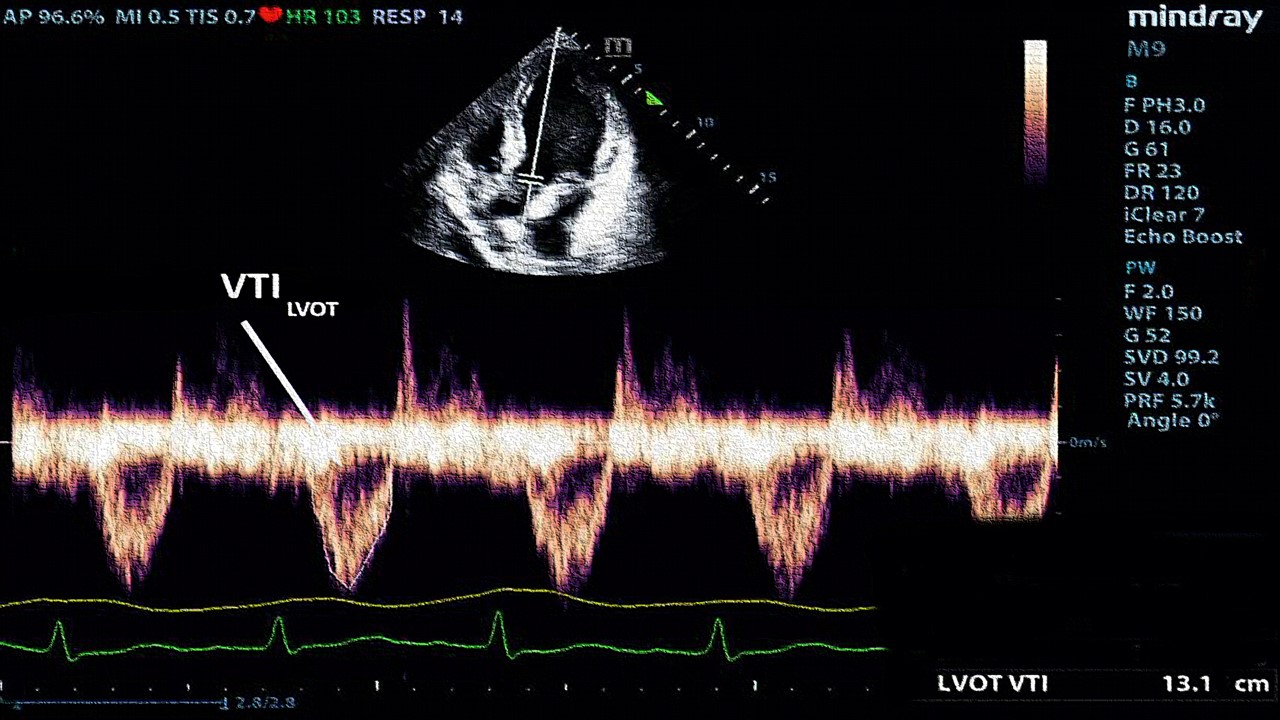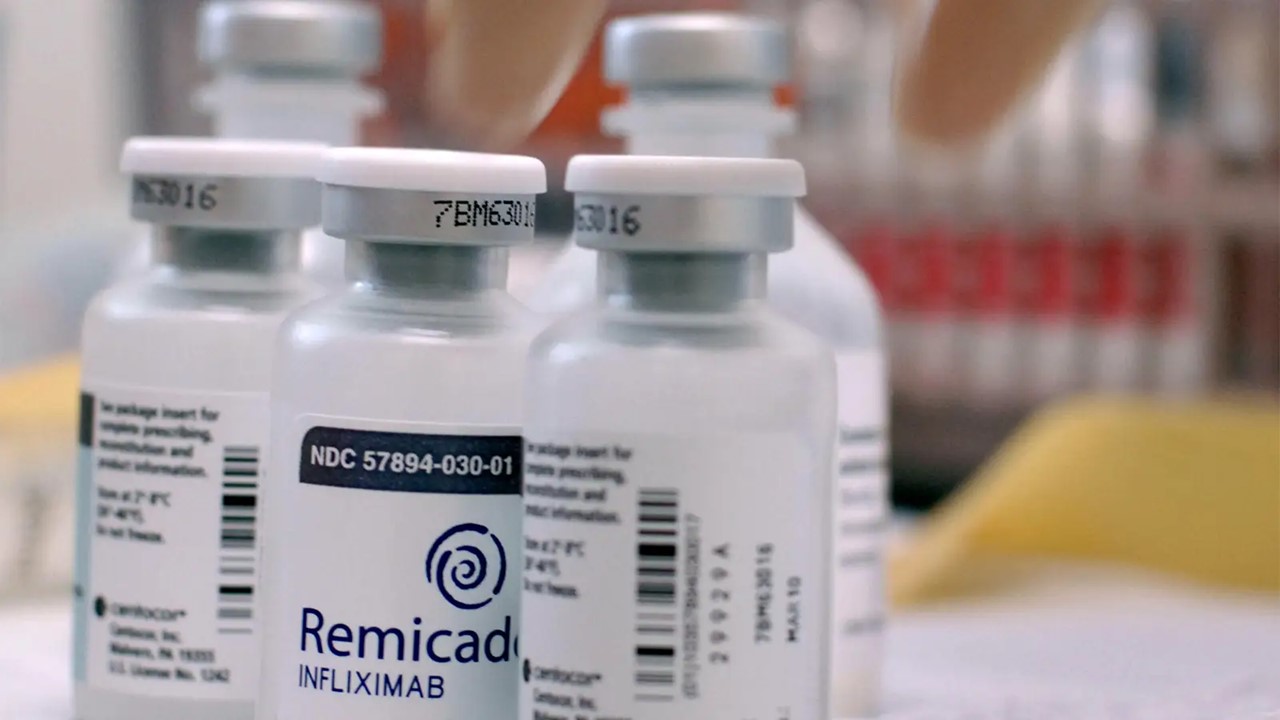When damage from illness, accident, and everyday wear and tear accumulates over the course of a lifetime, living creatures eventually reach a tipping point that causes aging and death, which may be a non-determinant or stochastic process. Alternately, aging and death are also genetically predetermined processes that arose through natural selection and are comparable to puberty. Aging and death are likely complicated processes that involve both random and predetermined causes.
Wear and Tear Aging Theories
According to some theories, withering and dying are the unavoidable results of an individual’s lifetime accumulation of trauma, illness, and exposure to harmful environmental elements like ultraviolet light. Although there are processes for repair and turnover that can restore or replace many different kinds of damaged molecules, these ideas point out that they are not ideal. As a result, some damage unavoidably leaks through; damage that will eventually build, especially in cell populations with little or no turnover. Paradoxically, water, oxygen, and sunlight are some of the most common causes of molecular and cellular deterioration.
Sometimes Water Is the Enemy
Water is known to be a relatively weak nucleophile. Nucleophiles are chemical species or reactants that provide their respective pairs of electrons to form new covalent bonds. Yet, although being abundant and available in significant amounts, even this weak nucleophile will infrequently interact with vulnerable targets located inside the cell. These substrates here include polypeptide chains’ amide bonds and, in particular, the side chains of the amino acids asparagine and glutamine. Asparagine and glutamine residues undergo hydrolysis to become aspartate and glutamate residues, respectively. This results in the introduction of an acidic and perhaps negatively charged group in place of a pH- and charge-neutral amide
The amino groups extending from the heterocyclic aromatic rings of the nucleotide bases cytosine, adenine, and guanine as well as the bonds connecting nucleotide bases to the deoxyribosephosphodiester backbone of DNA are all vulnerable to hydrolytic assault. The amino group is switched out for a carbonyl oxygen in the second scenario, resulting in the formation of uracil, hypoxanthine, and xanthine, respectively. With the former, there is a gap in the sequence because the nucleotide base has been totally removed. The removal or modification of DNA’s nucleotide bases has the potential to have a significantly higher biological impact than those that influence proteins. Direct damage only affects one copy of a protein, while if the gene encoding the protein is affected, if it is not repaired, every copy of the protein made after that will be changed. The change will be passed on to the progeny if the mutant cell splits, which will increase the effect of the change.
The ester linkages that connect fatty acids to their corresponding glycerolipids, the glycosidic bonds connecting the monosaccharide units of carbohydrates, and the phosphodiester bonds holding together polynucleotides and connecting the head groups of phospholipids to their diacylglycerol partners are additional biologically significant bonds that are vulnerable to hydrolysis. With the noteworthy exception being polynucleotide chain breakages, these reactions’ byproducts often seem to be biologically harmless.
Where Respiration Plays The Villain
Several biological processes necessitate the enzyme-catalyzed oxidation of organic molecules by molecular oxygen (O2). These biochemical events encompass proline and lysine side chains hydroxylation in collagen, cytochrome P450 xenobiotic detoxification mechanisms, purine nucleotide catabolism to uric acid, the reoxidation of the prosthetic groups in the flavin-containing enzymes that catalyze oxidative decarboxylation like with the pyruvate dehydrogenase complex and other oxidative-reductive reactions as with amino acid oxidases, and the mitochondrial chemiosmotic gradient production via the electron transport chain. Redox enzymes generally employ prosthetic groups such as iron-sulfur centers, flavin nucleotides, or heme-bound metal ions to contribute to the production and stabilization of the oxyanion and free radical metabolic intermediates generated during these biochemical reactions.
Periodically, these extremely reactive intermediates emerge to produce reactive oxygen species (ROS) within the cell, including superoxide and hydrogen peroxide. The electron transport chain happens to be the most prevalent of these sources, and due to its high electron throughput and intricate structural design, it is susceptible to ROS outflow. Nitric oxide (NO•), a second messenger that contains free radicals and is produced by many mammalian cells, also induces vasodilation and muscular relaxation in the cardiovascular system.
Reactive Oxygen Species as Macromolecular Assassins
ROS are particularly harmful due to their extraordinarily high reactivity. Essentially any organic substance, including proteins, nucleic acids, and lipids, can interact with ROS and undergo chemical modification. For biological molecules containing numerous double bonds, such as nucleotide bases and polyunsaturated fatty acids, ROS exhibit a particularly strong inclination to generate adducts—products resulting from the combining of precursors. The potential for unchecked nucleotide adducts to result in mutation-producing mistakes during DNA replication makes them particularly harmful.
The simplicity with which household butter can become putrid when exposed to warm air is evidence of unsaturated fats’ reactivity with ROS. Unsaturated fats are those that contain one or more carbon-carbon double bonds. As a result of the peroxidation of lipids, cross-linked lipid-lipid and lipid-protein adducts potentially occur, endangering the permeability and stability of membranes. The performance of ATP synthesis can be diminished and the generation of harmful ROS can increase in mitochondria when the membrane integrity is compromised. Over time, mitochondrial membrane degradation ultimately result in the outflow of cytochrome c, which triggers apoptosis, or programmed cell death.
Amplified Domino Effects of Domino Effects
The ability of many ROS to partake in chain reactions, where the end product may not only be a damaged biomolecule but also another free radical species that can generate exacerbated cellular injury with the associated emergence of yet another free radical by-product, only serves to aggravate the destructiveness intrinsic in the high reactivity of many ROS, especially those that contain an unpaired electron. This series of actions will keep happening until a free radical by-product is able to take an unpaired electron from another ROS molecule or a redox protector like reduced glutathione. A member of the cell’s repertoire of specialized antioxidant enzymes can alternatively catalyze the removal of the ROS.
Every ROS has a different level of reactivity and, thus, destructiveness. For instance, superoxide is less reactive than hydrogen peroxide, which is less reactive than the hydroxyl radical (OH•). There are two ways whereby less harmful ROS in living things might be converted into the extremely hazardous hydroxyl radical. One method is the Fenton reaction, in which ferrous (+2) iron and H2O2 combine to form a hydroxyl radical, a hydroxide ion, and ferric (+3) iron. Further hydrogen peroxide molecules can then reduce the ferric iron back to the ferrous (+2) state, accelerating the Fenton process and producing more hydroxyl radicals. Moreover, the Haber-Weiss reaction between superoxide and hydrogen peroxide can produce a hydroxyl radical.
Reparative Mechanisms that Resist Wear and Tear
Amongst the most common mechanisms for repair of wear and tear that contribute to senescent processes are the enzymatic and chemical mechanisms that intercept damaging reactive oxygen species, the default existence of proofreading and reparative mechanisms that maintains DNA integrity, the existence of specialized fibrous tissues that are easily repaired despite enduring wear and tear for a long time, and although, not necessarily advantageous, biochemically speaking, aggregate proteins are highly refractory to degradation and repair.
In Enzymes and Endogenous Chemicals We Trust
The lifespan of an individual reflects the strength and endurance of their molecular defense, repair, and replacement systems, which is a consequence to the wear and tear hypothesis of aging. For instance, fruit flies which have undergone genetic modification to express higher levels of superoxide dismutase have much longer life spans than their wild-type counterparts.
A known antidote for sulfur mustard poisoning, the cysteine-containing tripeptide glutathione functions as a chemical redox protectant in the cytoplasm by directly reacting with ROS to produce less reactive substances like water. To keep the pool of antioxidants full, oxidized glutathione—which is made up of two tripeptides connected by a disulfide bond—is then enzymatically reduced. Moreover, glutathione can form adducts with dangerous xenobiotics and decrease aberrant disulfides and cysteine sulfenic acids on proteins. In order to battle ROS and, ideally, slow down aging, diets that emphasize foods or supplements high in these substances are popular. Antioxidant capabilities are also present in vitamins C and E.
Enzymatic Corrective Measures for Better DNA Policing
In addition to the preventative mechanisms already discussed, living things also have a limited ability to replace or fix broken macromolecules. The group of repair enzymes responsible for preserving the integrity of the nuclear genome (but not the mitochondrial genome) is the greatest category. Given DNA’s crucial function in inheritance, susceptibility to chemical attacks and UV radiation, and the fact that every human cell only carries one or two copies of each chromosome—in contrast to practically every other macromolecule—this is to be expected.
As a somatic cell divides, a new genome is created. This new genome must accurately copy the template that controlled its synthesis. This is where preserving the integrity of the genome begins. The differentiated cells that make up an organism’s body are referred to as somatic. Additionally, the majority of living things have a variety of enzymes whose job it is to check for and fix aberrations that either evaded replicative proofreading or were later produced by dihydrogen monoxide or water (double-strand breaks, depurination, and cytosine deamidation), UV radiation (strand breaks and thymine dimers), or contact with chemical modifiers (adduct formation). Mismatch repair enzymes, nucleotide excision repair enzymes, base excision repair enzymes, and the Ku system for repairing double-strand breaks in the phosphodiester backbone make up this multilayered system. Apoptosis is a last resort for the elimination of cells carrying harmful mutations.
Notwithstanding all the safeguards put in place to spot and fix mistakes, some mutations unavoidably get by. In fact, the genetic variety that drives evolution requires a modest, but constant, frequency of mutation. According to the somatic mutation theory of aging, these mutations also act as the primary causes of aging. Put bluntly, the buildup of altered somatic cells would inevitably result in impaired biologic function, which emerges, at least in part, as the physical changes we identify with aging.
Durability’s Bang for Buck
The ability of a cell to promote healing to other macromolecules, as opposed to DNA, is comparatively constrained. In order to remove corroded lipids, carbohydrates, and proteins, cells seem to depend mostly on regular turnover, in which the specific individuals of the global population of a particular biomolecule are destroyed and replaced by new synthesis on an ongoing, or constitutive, basis. Nevertheless, some proteins have little to no turnover, particularly the fibrous proteins present in tendons, ligaments, bones, matrix, etc. These durable proteins have a propensity to sustain damage over time, which makes a significant contribution to the deterioration of vascular and joint flexibility, loss of lens opacity, and so on. The predominant processes for repairing harmed proteins focus on the isoaspartyl groups created when a peptide bond switches from an α- to a side chain carboxyl group, as well as the oxidized side chain sulfur atoms of cysteine and methionine.
Cysteine’s side chain sulfhydryl or thiol (-SH) group frequently plays crucial catalytic, regulatory, redox, and structural roles in proteins (such as cysteine disulfides and Fe-S centers). Yet, the sulfur ether of methionine and the sulfhydryl group of cysteine are both particularly susceptible to oxidation. Disulfide reductases, methionine sulfoxide reductases, and cysteine sulfenic acids can all reduce cysteine disulfides, cysteine sulfenic acids, and methionine sulfoxide either directly or indirectly by reacting with reduced glutathione. Unfortunately, only the lowest oxidation states of these sulfur atoms—cysteine disulfides, also known as sulfenic acids, and methionine sulfoxide—can be reduced by glutathione and NADPH. As a result, the biochemical methods currently available to reduce cysteine sulfinic acid, cysteine sulfonic acid, and methionine sulfone are ineffective.
When the peptide bond involving the α-carboxyl group of aspartic acid and its side chain carboxyl group are in close proximity to one another, aspartic acid has the correct geometry required for this reaction, which could result in the formation of a cyclic diamide. This intermediate can reopen in one of two ways: either to reconstruct the original peptide bond or in a way where the side chain carboxyl now functions as a component of the protein’s peptide backbone, generating an isoaspartyl residue. The isoaspartyl methyltransferase-mediated methylation of the α-carboxyl facilitates the restoration of the normal peptide bond connection. A leaving group is introduced during the synthesis of the methyl ester, which enhances the reformation of the cyclic diamide and allows it to reopen to form the typical peptide bond connection.
Degradation-Resistant But Reparability Recalcitrant
Toxic clumps, often known as amyloid, can occur when changes to a protein’s structure or shape make it stick to other protein molecules. Many neurodegenerative illnesses, such as Parkinson’s, Alzheimer’s, Huntington’s disease, spinocerebellar ataxias, and transmissible spongiform encephalopathies like CJD, are characterized by these aggregates. These insoluble aggregates’ harmful effects are made worse by their persistence because the proteases typically in charge of protein turnover are unable to break them down.
Beyond Mechanical Senescent Theories
Aging is obviously influenced by molecular wear and tear, but other observations point to a significant contribution from programmed, deterministic systems. An age-related physiologic shift that is genetically predetermined and hormonally regulated is illustrated by the female menopause. The heartbeat hypothesis, Raymond Pearl’s metabolic or rate of living hypothesis, or the caloric adjustment reprogramming theory correlating to cumulative ROS generation are all examples of metabolic theories of aging that are known to be different from this.
Yet, another school of thought holds that heartbeats, energy, or ROS are not tracked by the purported countdown clock that regulates aging and lifespan. Instead, it counts the number of times each somatic cell divides using telomeres. Telomere length diminishes with aging. The progressive shortening of telomeres, which results in senescence, apoptosis, or neoplastic transformation of somatic cells, has an effect on a person’s health and lifespan. Shorter telomeres have been associated with decreased survival and an increase in disease incidence.
Initially Counterintuitive Yet Resoundingly Logical
On the surface, it would seem odd that animals would have developed systems meant to shorten their lives. Shouldn’t an increase in life expectancy follow if the motivating factor behind evolution is the selection for qualities that improve fitness and survival?
A community or species as a whole may find an extended lifetime to be a desirable attribute, even though this is only true from the perspective of the individual. A lifespan restriction that is genetically programmed could be advantageous to the community since it would stop people from using up resources by no longer actively producing, raising, and training offspring.
In fact, the current three-generation lifespan can be justified as allowing enough time for newborns to mature into sexually active young adults, for these young adults to give birth to and care for their young, and for older adults to provide support and advice to young adults navigating the challenges of childbirth and raising children.
Subscribe
to get our
LATEST NEWS
Related Posts

Chronic & Debilitating Diseases
Renopathology Tipping Point: Deciphering the Molecular Code of Stage 2 Chronic Kidney Disease
The molecular events of Stage 2 CKD, from inflammation to lipid metabolism, offer insights for diagnosis and treatment.

Chronic & Debilitating Diseases
A New Lens on Shock: Hemodynamic Insights Through Critical Care Ultrasound
CCU has transformed the hemodynamic assessment of shock, delivering a reliable, reproducible, and non-invasive tool for ICU clinicians.
Read More Articles
Myosin’s Molecular Toggle: How Dimerization of the Globular Tail Domain Controls the Motor Function of Myo5a
Myo5a exists in either an inhibited, triangulated rest or an extended, motile activation, each conformation dictated by the interplay between the GTD and its surroundings.













